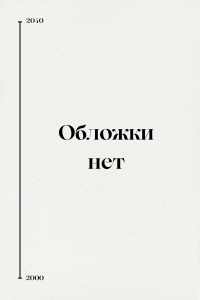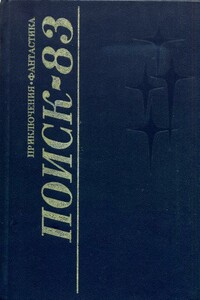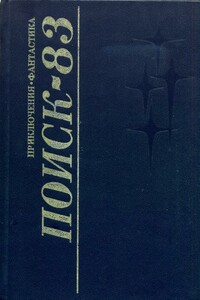| R. A. Lafferty | Р. А. Лафферти |
| All Pieces Of A River Shore | Все фрагменты речного берега (Перевод Валентины Кулагиной-Ярцевой) |
| It had been a very long and ragged and incredibly interlocked and detailed river shore. | Когда-то существовал очень длинный, очень изрезанный, невероятно извилистый берег реки. |
| Then a funny thing happened. | Потом с ним случилась странная вещь. |
| It had been broken up, sliced up into pieces. | Его разорвали, разрезали на куски. |
| Some of the pieces had been folded and compressed into bales. | Часть этих кусков сложили и связали в тюки. Часть скатали в рулоны. |
| Some of them had been cut into still smaller pieces and used for ornaments and as Indian medicine. | Часть разрезали на еще более мелкие кусочки и пользовались ими как украшениями, и индейские знахари с их помощью лечили от разных недугов. |
| Rolled and baled pieces of the shore came to rest in barns and old warehouses, in attics, in caves. Some were buried in the ground. | Свернутые и сложенные куски берега, в конце концов, очутились в амбарах и старых сараях, на чердаках и в кладовках. |
| And yet the river itself still exists physically, as do its shores, and you may go and examine them. | А река продолжала существовать, как и ее берега, и можно пойти и посмотреть на них. |
| But the shore you will see along the river now is not quite the same as that old shore that was broken up and baled into bales and rolled onto rollers, not quite the same as the pieces you will find in attics and caves. | Но берег, который вы увидите сейчас, чуть-чуть отличается от старого берега, который был разрезан на куски и свернут в рулоны, отличается от тех кусков, которые можно найти на чердаках и в кладовках. |
| His name was Leo Nation and he was known as a rich Indian. | Его звали Лео Нейшн, это был известный в округе богатый индеец. |
| But such wealth as he had now was in his collections, for he was an examining and acquiring man. | Богатство его заключалось в собранной коллекции - он был человек дотошный и добычливый. |
| He had cattle, he had wheat, he had a little oil, and he spent everything that came in. | Лео владел скотом, пахотными полями, некоторым количеством нефти и тратил на коллекцию все свои доходы. |
| Had he more income he would have collected even more. | Имей он больше доходов, собрание было бы еще обширнее. |
| He collected old pistols, old ball shot, grindstones, early windmills, walking-horse threshing machines, flax combs, Conestoga wagons, brass-bound barrels, buffalo robes, Mexican saddles, slick horn saddles, anvils, Argand lamps, rush holders, hay-burning stoves, hackamores, branding irons, chuck wagons, longhorn horns, beaded scrapes, Mexican and Indian leatherwork, buckskins, heads, feathers, squirrel-tail anklets, arrowheads, deerskin shirts, locomotives, streetcars, millwheels, keelboats, buggies, ox yokes, old parlor organs, blood-and-thunder novels, old circus posters, harness bells, Mexican oxcarts, wooden cigar-store Indians, cable-twist tobacco a hundred years old and mighty strong, cuspidors (four hundred of them), Ferris wheels, carnival wagons, carnival props of various sorts, carnival proclamations painted big on canvas. |


